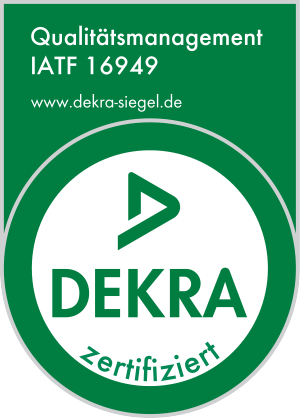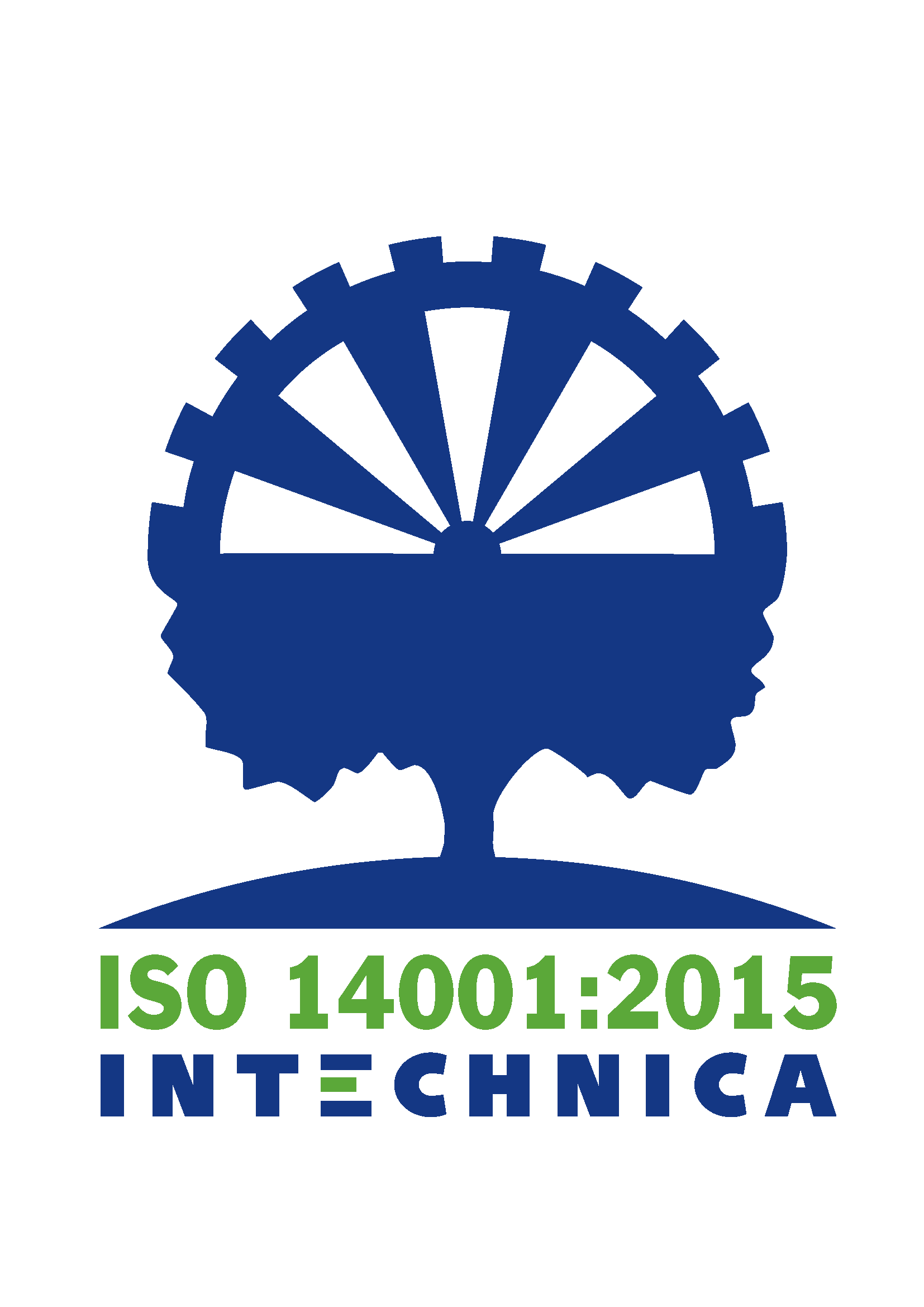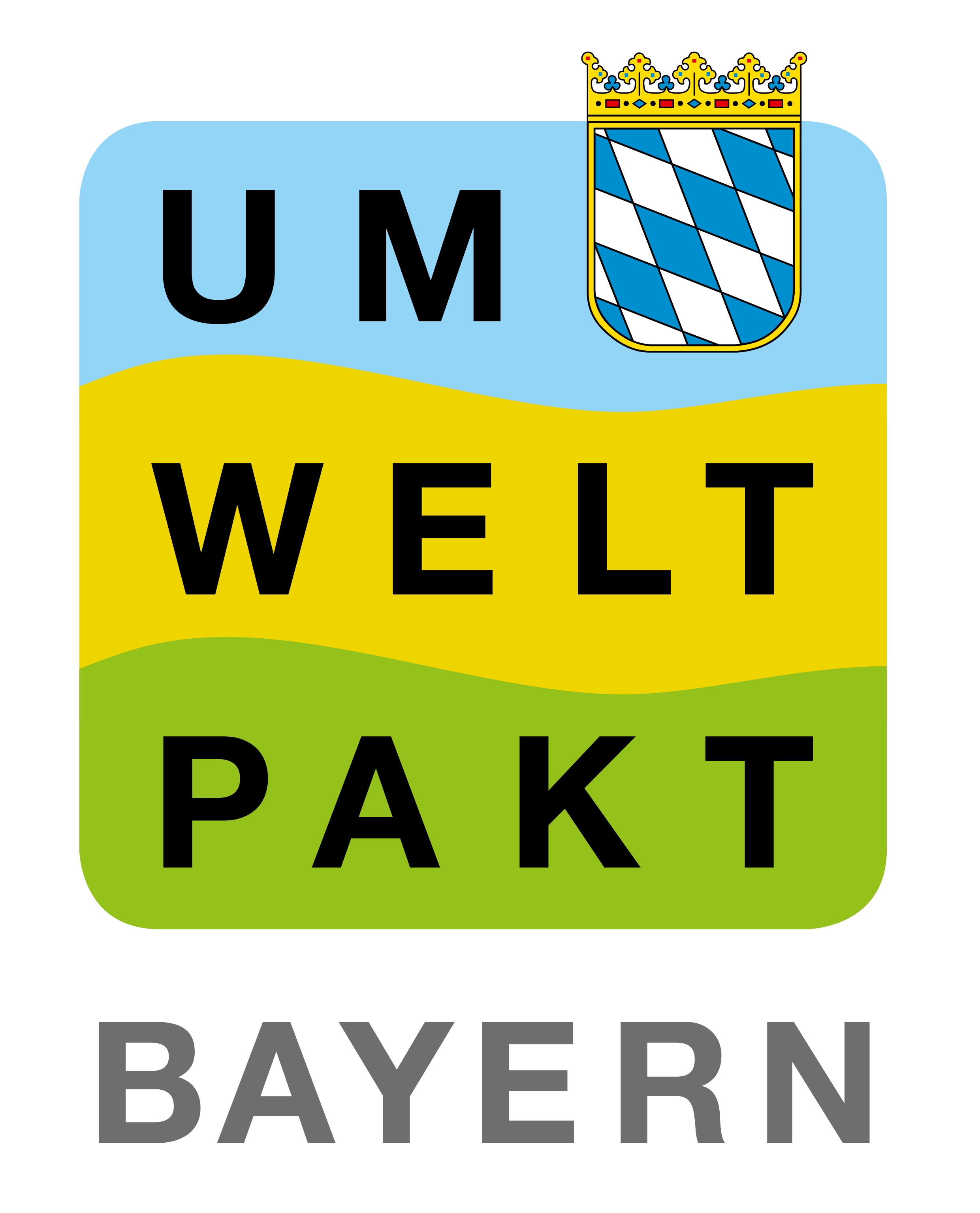Welcome to our comprehensive guide to prototype housing in Germany. As a leading manufacturer and supplier of technical springs, we would like to give you an overview of the different types of prototype housings available in Germany. Whether you are looking for tension springs, compression springs or other types of springs, we have the right solutions for your needs.
1. Introduction
What are prototype cases?
Prototype housings are specially developed housings that are used to protect and secure technical springs such as tension springs, compression springs or coil springs. They serve as a holder and ensure precise positioning of the spring during use.
Why are prototype cases important?
Prototype housings play a crucial role in the use of technical springs in various industries such as mechanical engineering, the automotive industry or medical technology. They protect the spring from external influences such as dirt, moisture or damage, thus ensuring optimal performance and longevity of the spring.
2. Types of prototype cases
There are different types of prototype housings that can be used depending on the type of spring and application. The main types of prototype enclosures are described below:
Tension springs
Tension springs are coil springs that are usually made from round wire. They are designed to absorb and store tensile forces. Extension springs can be supplied in various designs and shapes, including the 1/1 German eye, the 1/1 double German eye, the 1/1 German eye side raised and the 1/1 German eye raised at an angle.
Compression springs
Compression springs are coil springs that are used to absorb and store compressive forces. They are used in a variety of applications including valves, switches, brakes and much more. Compression springs can be made from a variety of materials, including stainless steel and high-performance alloys.
coil springs
Coil springs are specially shaped springs that can accommodate a combination of tension and compression forces. They are often used in applications where linear force development is required, such as in shock absorbers or locking mechanisms. Coil springs can be manufactured in various shapes and sizes to suit the needs of each application.
Special springs
Special springs are springs that are specifically manufactured according to the customer’s individual requirements and specifications. They can come in a variety of shapes, sizes and materials and are used in custom applications. Special springs offer maximum flexibility and tailor-made solutions for a wide range of applications.
3. Selecting the right prototype housing
Selecting the right prototype housing is critical to the performance and lifespan of your engineered spring. Here are some important factors to consider when choosing a prototype case:
materials
The prototype housing material should meet the specific requirements of your application. Commonly used materials for prototype housings include steel, stainless steel, aluminum and plastic. Each material has its own advantages and disadvantages in terms of strength, corrosion resistance and temperature resistance.
Dimensions and tolerances
The dimensions of the prototype housing should be precisely matched to the dimensions of the spring to ensure optimal fit and function. It is important to consider the correct tolerances to allow for correct assembly and movement of the spring.
Resilience and service life
The prototype housing should support the required load capacity and lifespan of the spring. This depends on various factors such as the spring construction, materials and the operating environment. It is important to consider the specific requirements of your application and select the prototype enclosure accordingly.
4. Quality standards and certifications
When choosing a prototype enclosure manufacturer, it is important to pay attention to quality standards and certifications. Here are some important standards and certifications to consider:
DIN EN 13906-2:2013
DIN EN 13906-2:2013 is a European standard that specifies the requirements for tension springs. This standard defines different eyelet shapes for tension springs and specifies the corresponding eyelet properties. You should ensure that the prototype enclosure meets the requirements of this standard to ensure optimal performance and safety.
ISO 9001:2015
ISO 9001:2015 is an internationally recognized standard for quality management systems. An ISO 9001:2015 certification means that the manufacturer has implemented strict quality control procedures and processes to ensure consistently high quality of its products and services. You should choose a manufacturer that is ISO 9001:2015 certified to ensure that the prototype housing meets the highest quality standards.
5. Have prototype housing made
If you want to have prototype enclosures made, it is important to choose the right manufacturer. Here are some important points to consider when choosing a manufacturer:
The role of the manufacturer
The manufacturer should have extensive experience and expertise in producing prototype cases. He should be able to understand your individual requirements and offer tailored solutions. Also pay attention to the manufacturer’s production capacity and flexibility to ensure they can meet your requirements in terms of quantity and delivery times.
Customization options
The manufacturer should be able to customize the prototype case according to your individual requirements. This may include customization of dimensions, materials, surface finishes and other specific requirements. Make sure the manufacturer has the skills and resources necessary to produce custom prototype enclosures.
Costs and delivery times
Cost and delivery times are important factors when choosing a manufacturer. Compare prices and delivery times from different manufacturers to find the best deal for your needs. However, keep in mind that price should not always be the most important criterion. The quality and reliability of the manufacturer are just as important as the price.
6. Prototype housing in practice
Application examples
Prototype housings are used in a variety of applications. Here are some examples of how prototype housings are used in practice:
- Mechanical engineering: Prototype housings are used in machines and systems to protect and secure technical springs. They ensure precise positioning of the spring, ensuring optimal performance and safety.
- Automotive industry: Prototype housings are used in vehicles to hold technical springs in various components such as chassis, hoods or seats. They contribute to the stability and safety of the vehicle.
- Medical technology: Prototype housings play an important role in medical technology, where they are used in devices and instruments. They protect the technical springs from contamination and damage, ensuring reliable performance.
7. Technical support and advice
Our team of experts
Our team of experts is available to answer any questions you may have about prototype housings. We have extensive experience and expertise in developing and manufacturing prototype housings and can offer tailored solutions to meet your individual requirements. Do not hesitate to contact us for personal advice.
Online resources and tools
In addition to our team of experts, we also offer a variety of online resources and tools to help you select and configure prototype enclosures. Visit our website to access technical data sheets, product catalogs, application notes and much more. You can also use our online calculation tool to determine the correct spring size for your application.
8. Conclusion
In summary, Germany offers a wide range of prototype housings for technical springs. Whether you need tension springs, compression springs or coil springs, we have the right solutions for your needs. Our team of experts is available to help you select, configure and order prototype housings. Rely on our many years of experience and expertise to ensure the optimal performance and reliability of your technical springs.









Leave A Comment